The Xiaomi Mi Note Pro and Mi Note Review
by Joshua Ho on September 11, 2015 9:00 AM ESTFinal Words
As our first Xiaomi phone ever to be reviewed, there are a lot of thoughts to be had on this phone, more than a usual review. However, in order to discuss them we need to start by talking about what we’ve learned throughout the testing process.
Probably the best place to start is design. Xiaomi is clearly capable of creating a phone that is well designed, and it shows with the Mi Note line. The Mi Note looks incredibly well-designed for a smartphone. The front of the phone is minimal, and relatively uncluttered. The side bezels are thin, and there isn’t a lot of unnecessary flair other than a window for the light and proximity sensor, the earpiece, and front-facing camera. There is the Mi logo that clutters the front of the phone, but it’s otherwise clean. The glass is slightly curved at the edges to make it so that edge swipes feel smooth instead of a sudden edge as well, which is surprisingly rare in some phones. The use of a curved glass back cover is also awesome and Xiaomi is actually the first OEM to do this to my knowledge. It’s definitely slippery, but the in-hand feel is really much better than the traditional angular glass phones like the Xperia Z line. The fact that Samsung is following here by doing the same for the Note 5 probably says something about just how far Xiaomi has come since their first smartphone.
The next aspect worth discussing is battery life. Here, Xiaomi is right around par for the course, but the Mi Note Pro is notably worse than the Mi Note here. I haven’t personally done detailed power analysis of the Snapdragon 810, but given that the Mi Note and Mi Note Pro effectively are identical outside of SoC and RAM this is effectively definitive proof that power efficiency regresses on Snapdragon 810 relative to Snapdragon 801. It’s unfortunate too, as relatively small battery in the Mi Note means that the Mi Note Pro ends up falling below the average for phablet battery life in our testing. The Mi Note Pro is still average for a smartphone, but it isn’t as good as we’d like it to be. Overall, the Mi Note is okay here, but the Mi Note Pro ends up a bit lower than we’d like purely on the basis of SoC choice.
In display, I don’t have much to say because both displays are great. The Mi Note has acceptable color calibration, good contrast, high maximum brightness, and acceptable resolution. The Mi Note Pro has incredible color calibration, good contrast, reasonable maximum brightness, and high resolution. The only problem I can really say is apparent is that the Mi Note Pro has an obvious ITO/touch screen grid that needs to be hidden to really have a clear display, and both could have some improvement in viewing angles to really get the painted-on-glass effect. Of course, the only phones that really have this effect are few and far between so it isn’t worth crucifying Xiaomi for this.
In system performance, the Mi Note and Mi Note Pro are both solid performers. With the use of updated drivers, the Mi Note Pro actually starts to approach the Galaxy S6 in GPU performance. The Snapdragon 810 SoC does offer real benefits to performance over the Snapdragon 801, and it seems that Xiaomi has managed to keep the Snapdragon 810 from getting the phone excessively hot through some major engineering effort in thermal dissipation. The Mi Note is also capable of performing well at almost any task given to it, but the excessively conservative governor hurts performance in a lot of situations. The continued use of Android 4.4 as a base also means that real-world app performance isn’t as good as it would be on Lollipop due to the use of Dalvik instead of an optimized ART. NAND performance for both is also decent and comparable to some flagships, but not record-setting.
MIUI will probably be the most controversial aspect of this phone, but for a complete rethink of Android UI design it’s really quite good. I would easily argue that MIUI is the best Android skin of its kind, by far. The UI is definitely well-designed, with great apps and features for a good out of the box experience. It isn’t perfect though, with some clear iOS inspiration at times and some odd design choices at others. However, I found the UI to be perfectly usable with great features like a built-in permissions manager, autorun management functionality, and fine-grained display controls. There’s a surprising amount of attention to detail that you wouldn’t expect from a phone that costs less than most flagships, and the whole UI runs smoothly with few frame drops even on Android 4.4 for the Mi Note. For areas like China where MIUI is well-established, visual voice tree navigation is actually an incredibly smart feature and deals with a UX problem that I never really thought about before, which is that automated voice tree navigation systems are terrible on a smartphone when you have to constantly take the phone away from your ear to press a number before putting it back to your ear.
The camera isn’t necessarily mind-blowing, but Xiaomi has done a respectable job here. For the most part, Xiaomi isn’t too far off from Android flagships in camera performance, and with some tweaks to their post-processing they could easily end up competing with the best cameras available in Android and iOS smartphones. The video performance isn’t amazing either, but in some cases Xiaomi actually does things even better than the Galaxy S6. 1080p30 performance could definitely be better and stabilization in general could be improved, but other than I don’t have too much to complain about other than the curious absence of 1080p60. The iPhone 6 is still better at slow motion video than pretty much every other phone out there, but the Mi Note isn’t far off from the iPhone at 120 FPS.
Other than the standard aspects of smartphone testing, it’s well worth noting that the Mi Note line is incredibly good for GPS location and the speaker is mind-blowingly loud. Although the speaker is just a single downward firing one mounted next to the USB port, it’s loud enough on both phones to actually be uncomfortable at max volume. I regularly have to keep the Mi Note and Mi Note Pro at half volume when watching videos because of how loud they can get. WiFi performance is also resonable.
I normally don’t really talk about value of a smartphone, but that’s because to me the most important part first is that the smartphone is good, regardless of price. Obviously, there are no bad phones, just bad prices. However, to me I feel that a good phone will feel that way regardless of price, although obviously if it’s far too expensive then it wouldn’t be a good recommendation. The Xiaomi Mi Note and Mi Note Pro are both great phones that I can directly compare to other flagship smartphones today regardless of price.
There are phones on sale today for 500-800 US dollars that are arguably worse than these two phablets, but these phablets cost hundreds of dollars less. OnePlus talks about how they intend on killing high-end flagship phones, but it seems Xiaomi is the OEM that is actually doing this. With the OnePlus One, I felt like there were a number of areas that lacked in polish and attention to detail, but given the great pricing these problems could be overlooked.
But with the Xiaomi Mi Note, I feel like there is great attention to detail and polish and with great pricing. My experiences with the Mi Note line has also made it clear to me that Xiaomi is not the Apple copycat like most people seem to believe. However, Xiaomi’s attention to detail is definitely Apple-like.
Given the pricing and quality on offer, I’m starting to understand why so many OEMs struggle to compete with Xiaomi. If I were an Android OEM, I’d be genuinely terrified of Xiaomi making inroads in Europe and North America. As a consumer, I am waiting to see them launch a phone in the US.


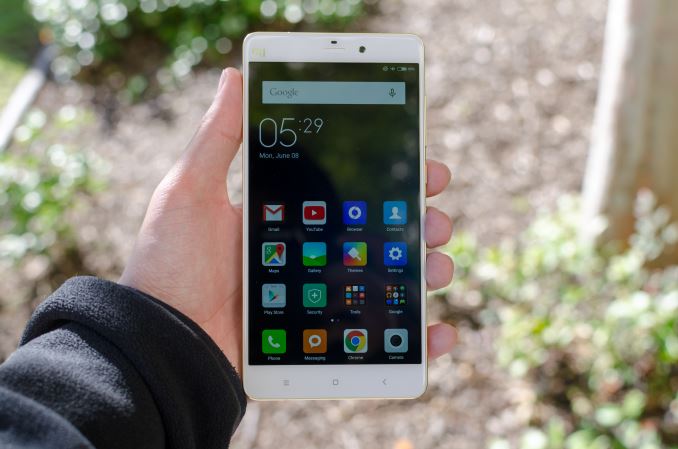
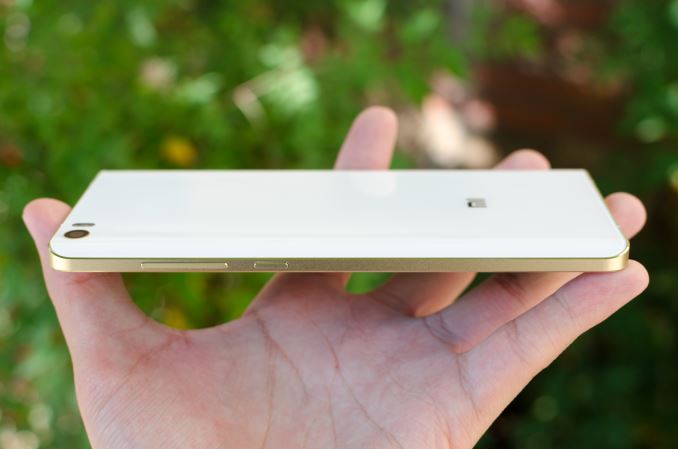
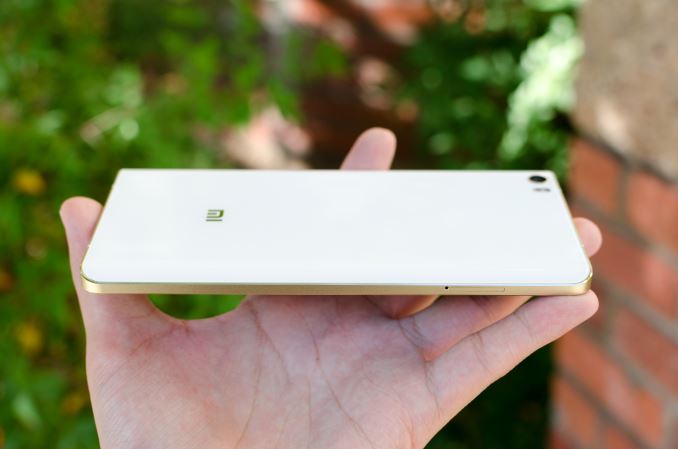
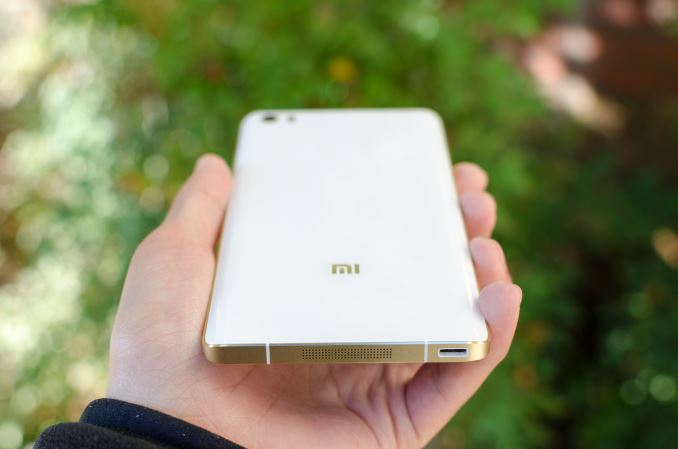
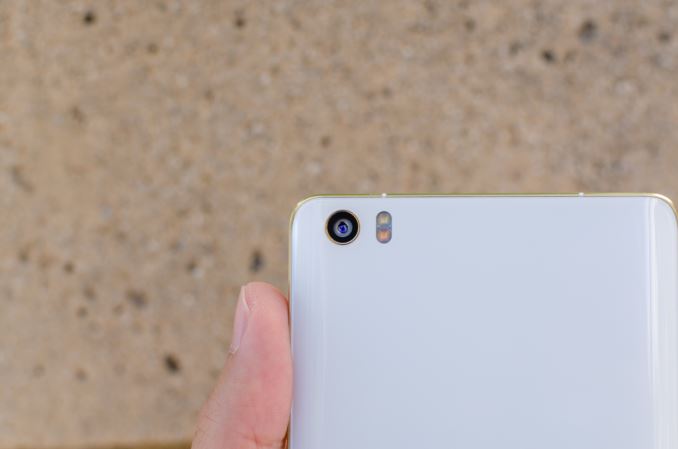
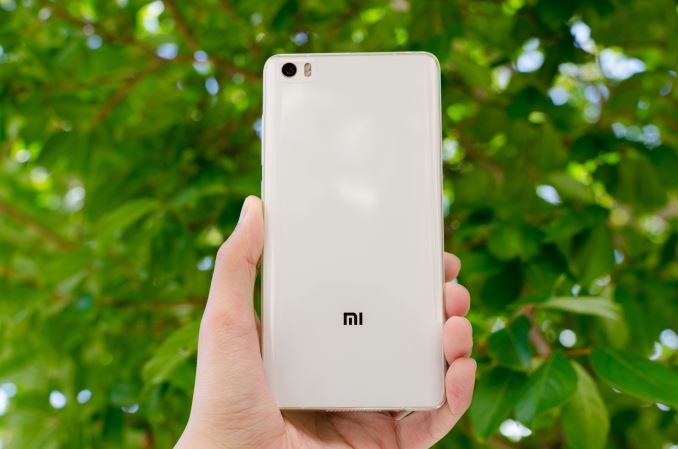








94 Comments
View All Comments
Mike89 - Thursday, October 15, 2015 - link
Xiaomi phones are not optimized for the US. I bought the Redmi Note 2 and when I got it found it would only do 2G in the US no matter the carrier. For every model number there are numerous sub versions of the same model number for different Countries and for the most part the vendors don't tell you which one they are selling. Mine (from Gearbest) was the China version even though it was stated "worldwide". Doesn't have the right bands or the right bands activated for US use.1010101100 - Thursday, October 29, 2015 - link
Did you even research the product you wanted before getting it? Did take time to check what bands were supported for the product? Did you have knowledge that not all out of state phones might not work within the US? Lastly did you research to see what data speed your carrier provided for the product you were planning to buy? I'm using a Mi Note Pro right now and have no complaints about my data speed since I know for sure at best right now its HSPA+ on T-Mobile or ATT, currently on the GoSmart mobile prepaid network available in NYC. Like someone mentioned earlier majority of our products sold in the US is produced from China for cheap labor and production cost. The design of a certain product can be from US but was not produced in US but from another country mainly China hence the term "Made in China". Leather goods from India or Italy. Surely US is not at a point where it's just stealing credit for the manual labor? I mean Apple has already been stealing credit for where it should be given.irresistible - Thursday, July 7, 2016 - link
After reading this review I decieded to buy an Xiaomi Note Pro for 500€ including all shipping costs and taxes.Today I own an Xiaomi Note Pro for over seven months now and while using it daily, I can assure you the following :
1. Qualcomm Snapdragon 810 has different versions (check here http://www.anandtech.com/show/9388/comparing-snapd...
Xiaomi Note Pro has one of the best version (v.2.1), if not the best version. Therefore the main overheating issue does not exist. From my real-world testing, I assure you that it's not getting warm at 30 degree Celsius room temperature when doing basic tasks (messaging, calls, browsing and so on). When playing taxing games, it will get warm (not hot!) at 30 degree Celsius room temperature. When watching movies for many hours with hardware-acceleration (mandatory in my opinion) your phone will get warm (not hot!). So basically if your room-temperature is about 20 degree Celsius your phone will not even get warm. Were is the overheating issue? If you are gaming 24/7h on max brightness without hardware-acceleration, you might experience throttling. All other scenarios have 0 overheating issues. In my opinion Xiaomi Note Pro is not optimal for heavy daily gaming.
2. Camera
It's okay for most people, but nothing special. Shooting is very quick. Like SNAP (1sec) and picture is taken :). It's true that the low-light performance is not good, but which phone has good low-light performance? Oh, yea you are right, flaghship phones which STARTS at 500-700$.
3. Storage
Non-expandable storage is not always to be seen negatively. Xiaomi Note Pro is 6.9mm thick and it was released at a date were micro-SD slot was not implemented on flagship phones for various reasons. And still to-date there is only a handful phones e.g. Samsung Galaxy S7 which incorporate flagship design with an micro-SD card slot. For the vast majority of users 64GB is more than enough. And those who want more, shouldn't buy this phone.
4. Battery Life
You cannot call battery life: subpar. Why not? This phone is only 6.9mm thick (!!!) and comes with an 1440p display (!!!). And they were able to implement an 3000mah battery, which is huge. But it's also true that it's powerdraw ratio is not that good. Battery lasts about one whole day for most tasks including watching videos (hardware accelerated). You can drastically optimize your battery life with xposed modules e.g. amplifiy, greenify and so on. If you want even more battery life, you can buy Xiaomi Note (non-pro) edition. If you want to do heavy gaming over multiple hours, you shouldn't buy this phone. Games, especially not hardware-accelerated on max brightness will drain your battery fairly quickly. If the battery capacity would be about 2000mah, I would call that sub-par, not 3000mah. Do not forget that this phone is supporting Quick Charge 2.0, your charging time is not that long compared to other phones.
5. Gaming in general
If you are like me and play games on your phone occasionally on the way to work or school or whatever, your battery life will be fine. But if you are sitting down on breaks or e.g. in a park with super nice sunlight playing 3-5 hours at max. brightness your favorite JRPG, your battery won't last a whole day. If you are me, you would solve this issue by connecting an sleek powerbank from Xiaomi :)
If you have any questions, feel freeeeeeeeeeeeeeeeeeeeee to ask meeeeeeeeeee.
I would like to end this write-up with the following:
Xiaomi Mi Note Pro is the best 1440p 5.7" smartphone in the world. Only Galaxy Note 5 can compete. (summer 2016)
Coffeemilotea - Saturday, October 8, 2016 - link
Hi is your phone with Android 6.0 Marshmallow or KitKat with MIUI 8? Thanks.